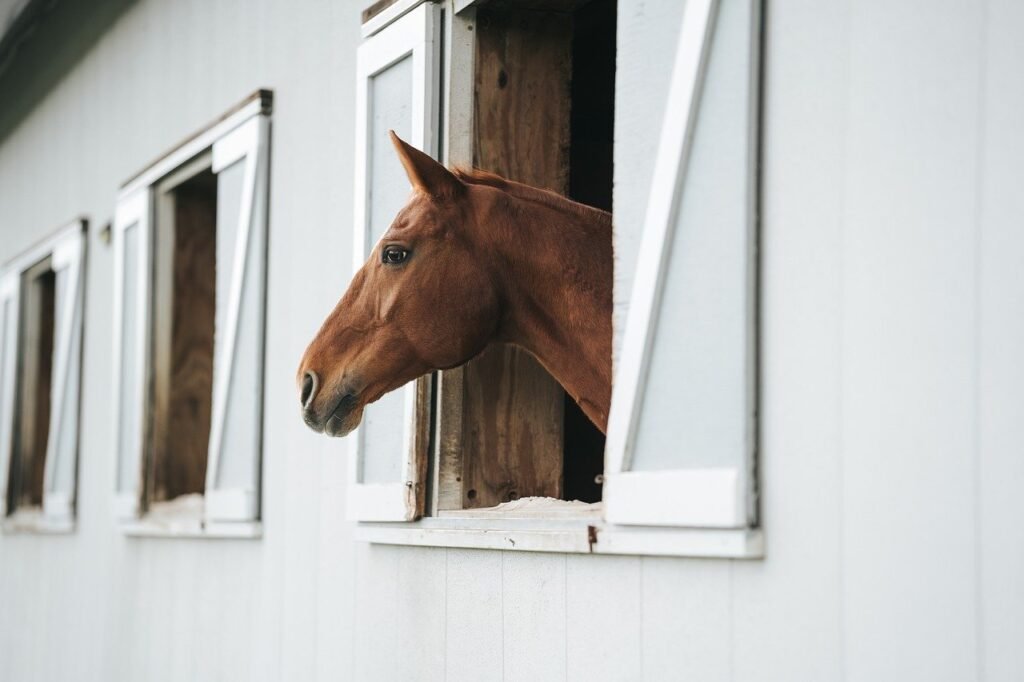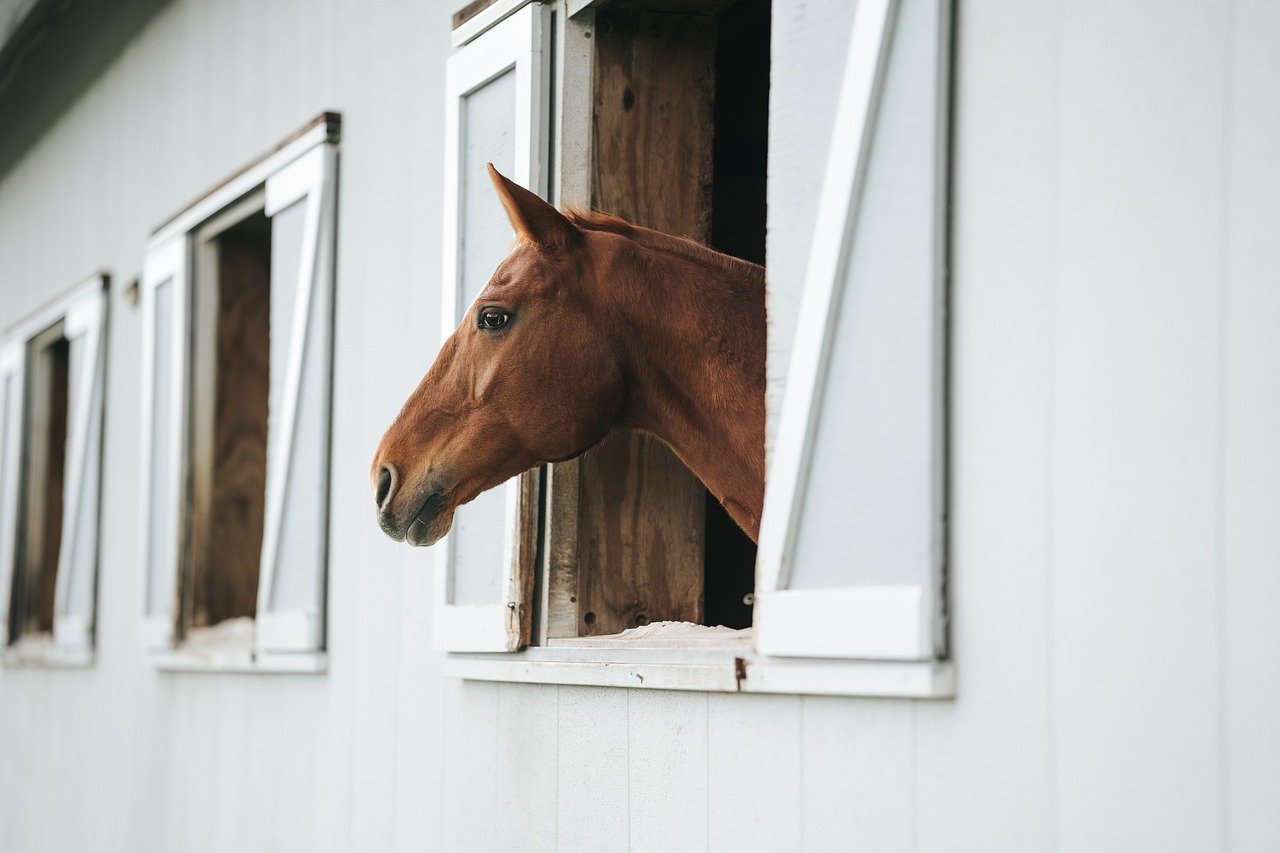Have you been thinking about adding some lighting to your barn, but don’t want to break the bank hiring an electrician? Maybe you’re not sure where to start or what materials you need. Well, you’re in luck! This article will provide you with easy DIY tips for barn lighting installation that you can do yourself. Let’s get started!

This image is property of pixabay.com.
Planning Your Barn Lighting Project
Before you dive into installing barn lighting, it’s essential to plan out your project to ensure everything goes smoothly. First, determine how much lighting you need based on the size of your barn and how you will be using the space. Are you looking for overhead lighting for tasks or ambiance lighting for gatherings? Once you have a clear idea of your lighting needs, sketch out a basic layout of where you want your lights to go and what type of fixtures you want to use.
Planning your barn lighting project is crucial to ensure that you have the right amount of light in the right places. Take some time to think about how you will be using the space and what type of lighting will work best for your needs.
Choosing the Right Lighting Fixtures
When it comes to barn lighting, there are various options to choose from, including hanging pendants, wall sconces, and overhead lights. Consider the style of your barn and the overall aesthetic you want to achieve when selecting your lighting fixtures. Additionally, make sure to choose fixtures that are suitable for outdoor use and can withstand the elements.
Selecting the right lighting fixtures for your barn is essential to achieve the desired look and functionality. Make sure to choose fixtures that are durable, weather-resistant, and complement the style of your barn.
Gathering the Necessary Materials
Before you start the installation process, gather all the necessary materials and tools to complete the project. Here is a list of basic tools and materials you will need for installing barn lighting:
- Electrical wire
- Wire nuts
- Lighting fixtures
- Ladder
- Screwdriver
- Wire cutters
- Electrical tape
Having all the materials and tools on hand will make the installation process much smoother and prevent any unnecessary delays.
Safety First!
Before you begin working on your barn lighting project, remember to prioritize safety. Make sure to turn off the power to the area where you will be working to avoid any accidents. Additionally, use a sturdy ladder and wear appropriate safety gear, such as gloves and safety glasses, to protect yourself while working.
Safety should always be the number one priority when working with electricity. Take the necessary precautions to ensure a safe and successful installation process.
Installing Barn Lighting Fixtures
Once you have planned your project, selected your lighting fixtures, and gathered all the materials and tools you need, it’s time to start the installation process. Follow these simple steps to install your barn lighting fixtures:
- Turn off the power: Before you begin, turn off the power to the area where you will be working to avoid any electrical shock.
- Mount the fixture: Use a ladder to reach the desired location and mount the lighting fixture according to the manufacturer’s instructions.
- Connect the wiring: Connect the electrical wire from the lighting fixture to the existing wiring in your barn using wire nuts. Make sure to match the corresponding wires (black to black, white to white).
- Secure the wiring: Use electrical tape to secure the connections and prevent them from coming loose.
- Test the fixture: Once the wiring is connected, turn the power back on and test the lighting fixture to ensure it is working correctly.
Following these steps will help you successfully install your barn lighting fixtures and illuminate your space effectively.

This image is property of pixabay.com.
Adding Light Switches and Dimmers
To have more control over your barn lighting, consider adding light switches and dimmers to adjust the brightness levels according to your needs. Installing light switches and dimmers is relatively straightforward and can enhance the functionality of your barn lighting.
Adding light switches and dimmers to your barn lighting is a convenient way to customize the ambiance and brightness levels of your space. Consider installing a combination of switches and dimmers for various lighting options.
Upgrading to LED Lighting
Consider upgrading your barn lighting to energy-efficient LED bulbs to save on electricity costs and reduce your carbon footprint. LED bulbs are brighter, last longer, and consume less energy than traditional incandescent bulbs. Additionally, they come in various colors and styles to suit your preferences.
Upgrading to LED lighting is a cost-effective and environmentally friendly option that will provide you with bright and long-lasting lighting for your barn. Make the switch to LED bulbs for improved energy efficiency.

This image is property of pixabay.com.
Troubleshooting Common Issues
If you encounter any problems during the installation process, here are some common issues and solutions you can try:
- Light fixture not working: Check the wiring connections to ensure they are secure. If the fixture still does not work, test the electricity with a voltage tester to determine if the power source is working correctly.
- Dim light output: If your lighting fixture appears dim, check the bulb wattage to make sure it is compatible with the fixture. Consider replacing the bulb with a higher wattage or switching to LED bulbs for brighter light output.
- Flickering lights: Flickering lights can be caused by loose wiring connections. Double-check the connections and tighten them if necessary. If the problem persists, consider consulting a professional electrician.
Troubleshooting common issues during the installation process will help you identify and resolve problems quickly to ensure your barn lighting operates smoothly.
Maintaining Your Barn Lighting
To keep your barn lighting fixtures in optimal condition, regular maintenance is essential. Here are some simple tips to help you maintain your barn lighting:
- Clean your fixtures: Dust and debris can accumulate on your lighting fixtures over time, affecting their brightness. Wipe down your fixtures regularly to keep them looking clean and functioning correctly.
- Check for loose connections: Periodically inspect the wiring connections of your lighting fixtures to ensure they are secure. Tighten any loose connections to prevent flickering lights or power outages.
- Replace old bulbs: If you notice any bulbs burning out or flickering, replace them promptly to maintain consistent lighting throughout your barn.
- Inspect for damage: Inspect your lighting fixtures for any signs of damage, such as rust or corrosion. Replace any damaged fixtures to prevent electrical hazards.
Regular maintenance of your barn lighting fixtures will help extend their lifespan and ensure optimal performance. By taking simple steps to care for your lighting, you can enjoy bright and reliable illumination in your barn for years to come.
Conclusion
Installing barn lighting doesn’t have to be a daunting task. With the right planning, tools, and materials, you can easily tackle this DIY project and illuminate your barn effectively. Whether you’re adding task lighting for workspaces or ambient lighting for gatherings, these easy DIY tips will help you achieve the perfect lighting setup for your needs. Get started on your barn lighting installation project today and transform your space with bright and beautiful lighting!



